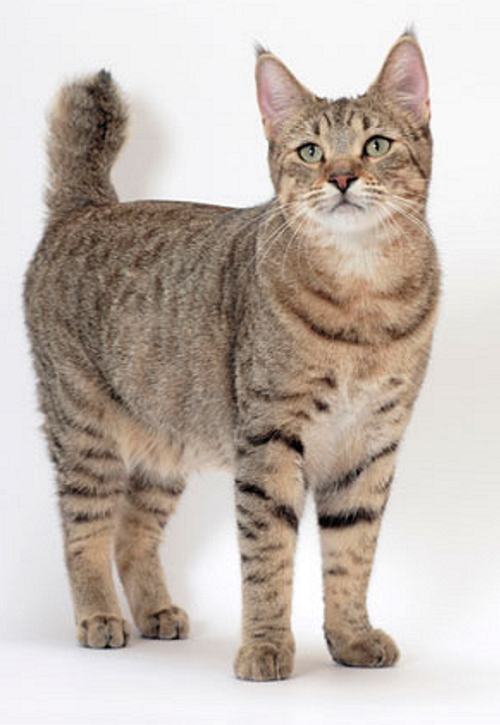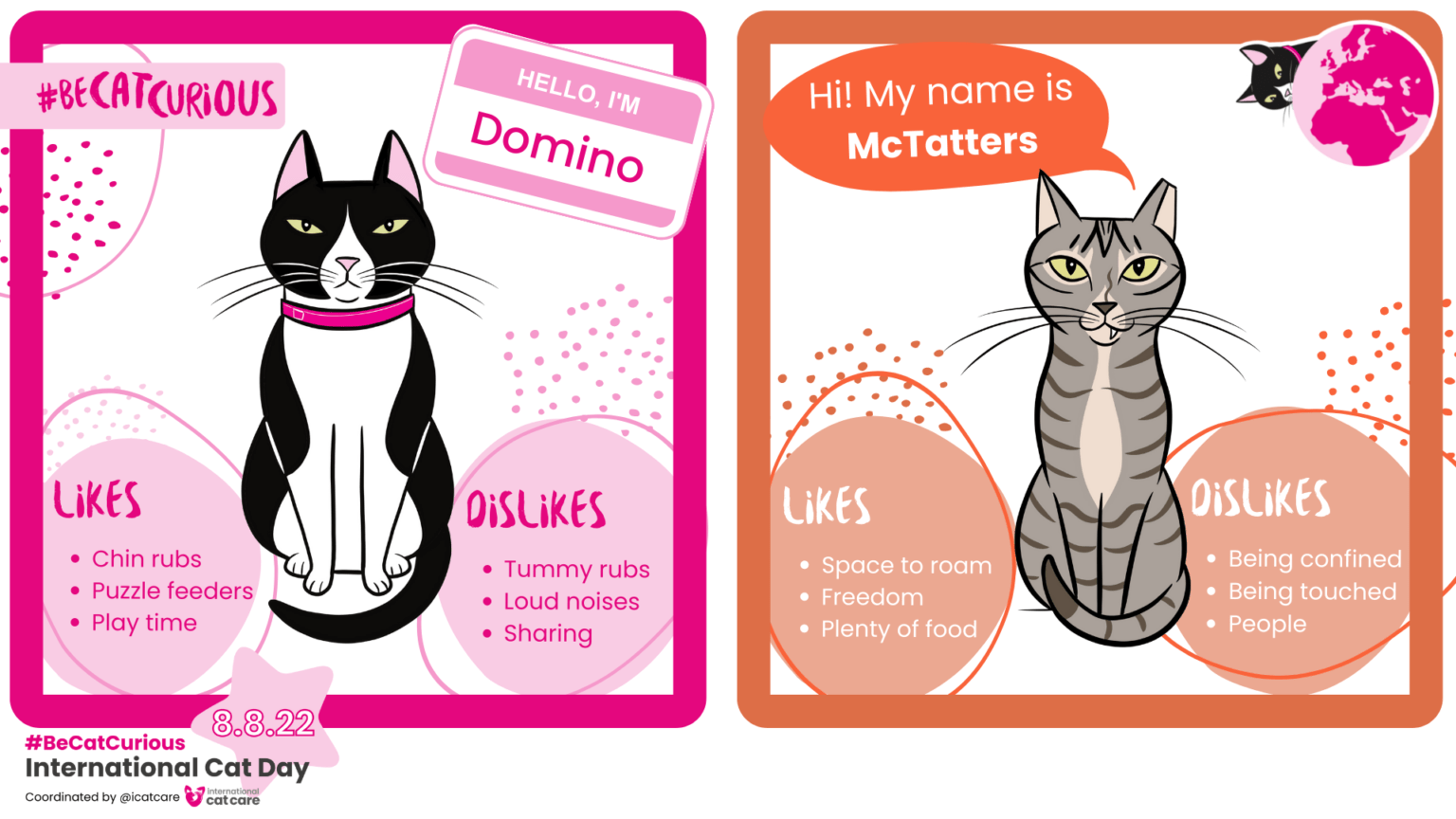The Pixie Bob is a unique and fascinating cat breed, known for its striking wild appearance and friendly, affectionate personality. Some even say “it’s a cat that thinks it’s a dog”. Originating in Washington State in the early 1980s, the breed origin is a little bit mysterious, with some claiming it was created by crossing domestic cats with bobcats.

While this wild ancestry is debated, it’s clear that the Pixie Bob does have some wild-like traits, particularly its muscular build and distinctive bobbed tail, which is typically two to four inches long. These traits are what set them apart from other domestic cats, giving them a wild, yet charming appearance.
Physically, Pixie Bobs are medium to large in size, with a strong, athletic frame. Their coats are soft and dense, and can be either short or long, with a variety of tabby patterns in colors like brown spotted or mackerel. The breed is also known for its broad, rounded face, large, expressive eyes, and ears that are often tipped with tufts, enhancing their wild look.
What really sets the Pixie Bob apart, however, is its personality. These cats are not just beautiful; they’re incredibly friendly and social. Known for their loyalty and affection, they tend to bond deeply with their human companions and enjoy being part of the family. Pixie Bobs are often described as “dog-like” because they tend to follow their owners around, greet them at the door, and even play fetch. Their playful nature, combined with their intelligence, means they’re highly trainable, and many owners find them easy to teach tricks or even leash-train.
Despite their wild-like looks, Pixie Bobs are generally gentle and easygoing. They’re good with children and other pets, making them an excellent choice for families. While they’re social, they also appreciate having a bit of personal space and aren’t fans of being overly handled or petted in ways that feel invasive to them. They’re known to be a bit protective of their family members, but their affectionate nature more than makes up for any initial reserve.
Health-wise, Pixie Bobs are a relatively healthy breed, with a typical lifespan of 12 to 14 years. Like many breeds, they can be prone to certain genetic conditions, such as heart issues, but overall they are sturdy and resilient. Their grooming needs are also manageable, with regular brushing recommended to keep their coats in good shape, particularly for the long-haired variety.

Despite being a rare breed compared to more common cats like Maine Coons or Persians, the Pixie Bob has gained recognition from cat breed associations like The International Cat Association (TICA) and has steadily grown in popularity among cat enthusiasts. If you’re looking for a cat that is both unique in appearance and temperament, the Pixie Bob offers the perfect blend of wild charm and warm companionship, making them a perfect fit for active families or anyone who wants a fun, affectionate feline friend.






